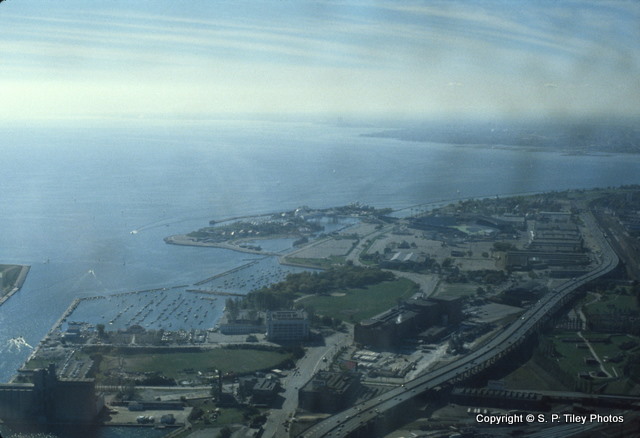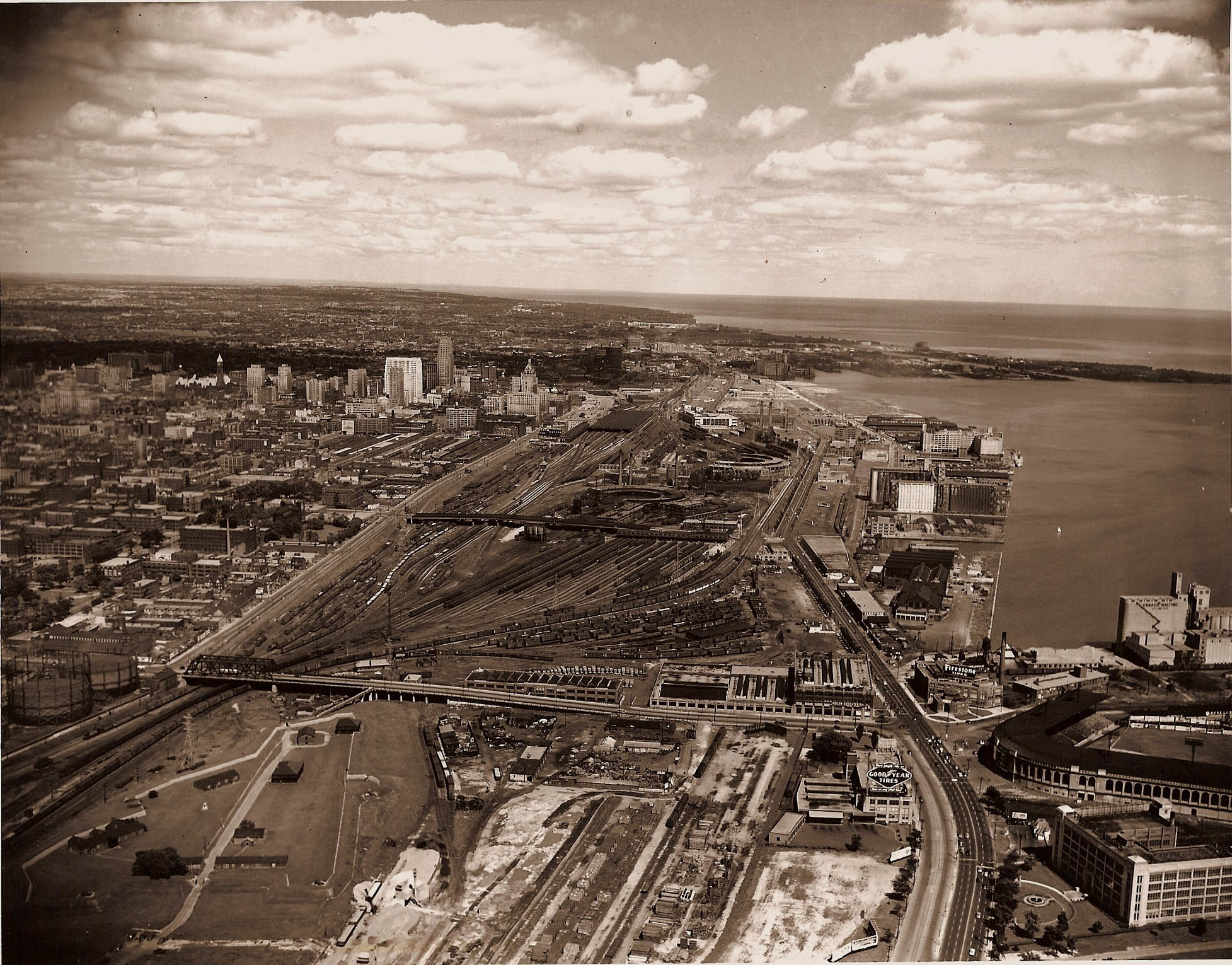The current debate over jets is not about keeping or closing the airport. It's about our shared need to protect the livability of each other's neighbourhood. I hope this is a value we all share.
I recognize that some residents of the ward use this lake facility to fly in and out of Toronto. To some extent, a number of Toronto residents are comfortable with the vision of a small commuter and general aviation airport set out in the 1983 Tripartite Agreement, which governs the airport. The restrictions in the Tripartite Agreement were informed by the community around the airport and in turn, formed the basis for land use planning decisions over the past 30 years. The result is the vibrant mixed use, mixed income community of Bathurst Quay that is home to people, a school, daycare and public space.
Porter's plans to introduce jets to the Island Airport will transform Billy Bishop to a regional hub commercial airport. The proposed runway expansions will also impact land use and roads along the waterfront.
Regardless of what particular jet any particular airline chooses to buy, allowing any jet to land on the lake could allow every jet to land on the waterfront. Lengthening the runway into Lake Ontario, and further into the park on Toronto Island, potentially opens up the airport to big jets, small jets, loud jets, quiet jets, dirty jets and clean jets.
We have many airports in the Toronto area. We have only one lake. Filling it in, paving it over and putting industrial uses on the waterfront will turn the clock back on decades of work to make the waterfront clean and green. It will rob many of their sunset views, drown out music in our parks and fill the air with pollution while dumping even more toxic runoff into our lake. It must not be allowed to happen.
Thousands of people now live along the waterfront in Ward 20. New parks, a beautiful water's edge, a new pedestrian and cycling promenade along Queens Quay, not to mention a school, community centre, daycare and new concert facilities at Harbourfront Centre all have as much claim to exist along the shores of Lake Ontario as the airport does. But above all, people who live next to the lake have a right to clean air and quiet skies. They have a right to expect that their elected officials will fight to make life better not worse.
Cities, let alone downtown waterfronts, are busy, congested, and spectacular places. Balance and trade-offs are expected. In the case of the airport, competing interests make it next to impossible to reach a perfect compromise. It is safe to say that if the airport had never been built on the island a half century ago, it would never get built there today. However it does exist. Debates over the facility have been waged in this city since the day it opened. The notion that people moved into a community next to an airport and therefore should expect what they get is wrong. People have lived along the lakeshore and in harbourside communities for hundreds of years. All governments owe these people a duty of care.
That duty of care is actually a formal document known as the Tripartite Agreement. The agreement is a binding legal framework signed by the Port Authority, the Federal Government and the City of Toronto. It governs all aspects of the airport's operations. It's a fifty year agreement and it does not expire until 2033. No one party can amend the agreement unilaterally. Among the many protections and guarantees it provides people living next to the airport are explicit prohibitions on jets, runway extensions and nighttime flights. There are also strict and defined noise permissions and rules that protect non-commercial use of the airport by smaller aircraft. The requirement on the Port Authority to enforce this agreement is written into its operating charter as a federal port. The agreement is meant to protect both the airports rights and the neighbourhood's rights. In of itself, it constitutes a promise to the people of Toronto. This promise is now at risk of being broken.
When it comes to the Toronto Port Authority (TPA), broken promises are nothing new. In 2012, when the airport proposed dumping the earth from the tunnel excavation now underway for its passenger tunnel at the end of the runway, the TPA publicly said that it had no plans to use the fill to lengthen the runway. When the TPA proposed a fixed link to the airport like the one now under construction, they promised that they had no plans for jets. When they added new flights to the schedule the TPA promised to honour the noise restrictions and declared that they had no desire to change the rules. When noise complaints and curfew violations mounted in the wake of Porter's arrival, the TPA promised sound barriers and a run-up berm to deflect noise and respect local residents. These promises have not come to fruition. The list goes on.
We have an agreement, people have a right to expect the federal agency to honour that agreement. I will not back down from my commitment to respect and enforce the terms of that agreement. It is my duty.
I have run twice and been elected twice in Ward 20 on a very clear promise to protect residents from the noise, congestion, air pollution and environmental impact the airport has on our waterfront, and downtown neighbourhoods. I have no intention of surrendering my commitment now. If the residents right next door to the airport cannot rely on their city councillor to protect their interests at City Hall who will? My opposition to the proposal to land jets along the waterfront must been seen in this context.
Lake Ontario is precious, it belongs to everyone in Toronto. Save it, don’t pave it.
Thanks for reading,
Adam Vaughan


